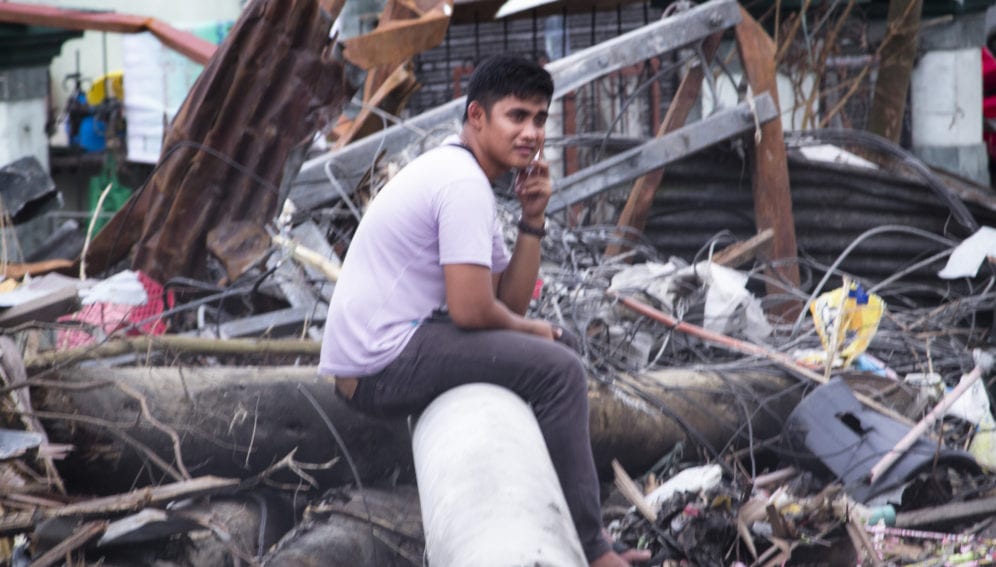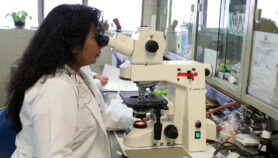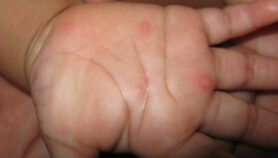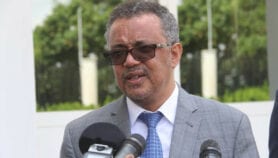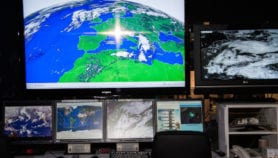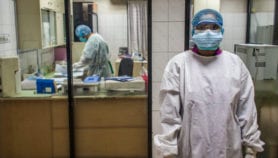By: Paul Icamina
Send to a friend
The details you provide on this page will not be used to send unsolicited email, and will not be sold to a 3rd party. See privacy policy.
[MANILA] A portable communications system that can provide emergency telephone and internet services after disaster strikes is now up and running in Cebu in the central Philippines.
The Movable and Deployable Resource Unit (MDRU) was launched last month (13 February) in San Remigio, a coastal town in northern Cebu that sustained enormous damage during super typhoon Haiyan in November 2013.
The MDRU includes equipment and software for basic voice and data communications. It has a built-in management system outfitted with smartphones and tablets to enable relief workers to track and tabulate data on displaced persons and evacuees to communicate with relatives. The system runs on its own power source and can tap power generators or local active power lines.
The MDRU was developed by Japan’s Nippon Telegraph and Telephone (NTT), the Ministry of Internal Affairs and Communications of Japan (MIC), Tohoku University and Fujitsu based on lessons learned on the devastating earthquake that hit Japan in 2011.
The project started as a UN disaster countermeasure feasibility study with NTT, under a cooperation agreement with the MIC, the Philippines’ Department of Science and Technology (DOST) and the International Telecommunications Union (ITU), a UN agency.
The Central Visayas Information Sharing Network, a foundation funded by the DOST, will operate the 10.6 million pesos (US$710,000) project together with the NTT and ITU. The Information and Communications Technology Office (ICTO) of the DOST and the ITU will monitor and evaluate the project until September this year.
NTT and its subsidiary NTT Com will fine-tune the functional capability and the usability of MDRU to meet additional needs and upgrades necessary to keep up with technology, says Nicolas Ojeda, ICTO assistant secretary for cybersecurity.
Engineers, public health workers, teachers and the police in San Remigio will be trained in installing and running MDRU applications by using smart phones, Ojeda adds.
The project will also be used for non-disaster applications such as providing internet connection to the town hall and nearby schools.
But the MRDU’s very first task is to create an electronic database about people and survivors,” notes ICTO press officer Roy Espiritu. “Its tasks include user ID allocation, profile registration and maintenance; local information sharing like information upload and retrieval; or event notification with or without subscription.
“Users with working smartphones can still use their current number to send and receive text messages and make video calls,” explains Espiritu. “The MDRU has a built-in server where users can download the needed applications to use these services.”
This article has been produced by SciDev.Net's South-East Asia & Pacific desk.


